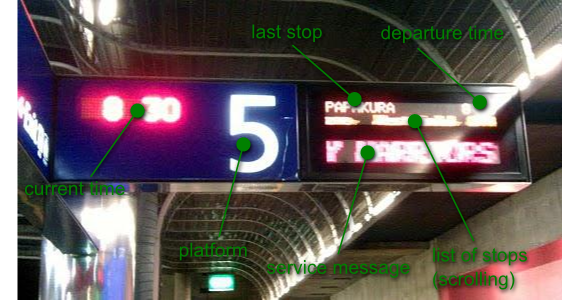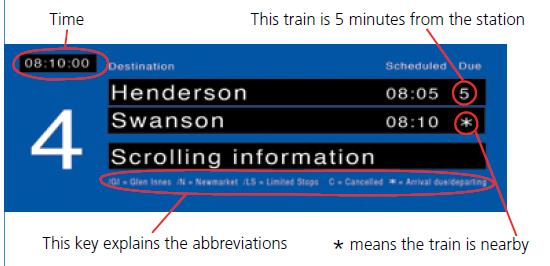The Copyright (New Technologies) Amendment Act 2008 is not a bad bit of legislation EXCEPT for section 92 which allows a copyright holder to ask your ISP to terminate your Internet access if you infringe on their copyright. The problem with this is they do not have to provide any evidence to the ISP, nor are there any penalties if it is a false accusation !
This is just crazy. If you agree then click on the banner below and voice your concern.

Some more reading for you:
Section 92 reads as follows:
92A Internet service provider must have policy for terminating accounts of repeat infringers
(1) An Internet service provider must adopt and reasonably implement a policy that provides for termination, in appropriate circumstances, of the account with that Internet service provider of a repeat infringer.
(2) In subsection (1), repeat infringer means a person who repeatedly infringes the copyright in a work by using 1 or more of the Internet services of the Internet service provider to do a restricted act without the consent of the copyright owner.
_92B Internet service provider liability if user infringes copyright
(1) This section applies if a person (A) infringes the copyright in a work by using 1 or more of the Internet services of an Internet service provider to do a restricted act without the consent of the copyright owner._
_(2) Merely because A uses the Internet services of the Internet service provider in infringing the copyright, the Internet service provider, without more,—
(a) does not infringe the copyright in the work:
(b) must not be taken to have authorised A’s infringement of copyright in the work:
© subject to subsection (3), must not be subject to any civil remedy or criminal sanction._
(3) However, nothing in this section limits the right of the copyright owner to injunctive relief in relation to A’s infringement or any infringement by the Internet service provider.
(4) In subsections (1) and (2), Internet services means the services referred to in the definition of Internet service provider in section 2(1).
_92C Internet service provider liability for storing infringing material
(1) This section applies if—
(a) an Internet service provider stores material provided by a user of the service; and
(b) the material infringes copyright in a work (other than as a result of any modification by the Internet service provider)._
_(2) The Internet service provider does not infringe copyright in the work by storing the material unless—
(a) the Internet service provider—
(i) knows or has reason to believe that the material infringes copyright in the work; and
(ii) does not, as soon as possible after becoming aware of the infringing material, delete the material or prevent access to it; or
(b) the user of the service who provided the material is acting on behalf of, or at the direction of, the Internet service provider._
(3) A court, in determining whether, for the purposes of subsection (2), an Internet service provider knows or has reason to believe that material infringes copyright in a work, must take account of all relevant matters, including whether the Internet service provider has received a notice of infringement in relation to the infringement.
(4) An Internet service provider who deletes a user’s material or prevents access to it because the Internet service provider knows or has reason to believe that it infringes copyright in a work must, as soon as possible, give notice to the user that the material has been deleted or access to it prevented.
(5) Nothing in this section limits the right of the copyright owner to injunctive relief in relation to a user’s infringement or any infringement by the Internet service provider.
_92D Requirements for notice of infringement
A notice referred to in section 92C(3) must—
(a) contain the information prescribed by regulations made under this Act; and
(b) be signed by the copyright owner or the copyright owner’s duly authorised agent._
_92E Internet service provider does not infringe copyright by caching infringing material
(1) An Internet service provider does not infringe copyright in a work by caching material if the Internet service provider—
(a) does not modify the material; and
(b) complies with any conditions imposed by the copyright owner of the material for access to that material; and
© does not interfere with the lawful use of technology to obtain data on the use of the material; and
(d) updates the material in accordance with reasonable industry practice._
_(2) However, an Internet service provider does infringe copyright in a work by caching material if the Internet service provider does not delete the material or prevent access to it by users as soon as possible after the Internet service provider became aware that—
(a) the material has been deleted from its original source; or
(b) access to the material at its original source has been prevented; or
© a court has ordered that the material be deleted from its original source or that access to the material at its original source be prevented._
(3) Nothing in this section limits the right of the copyright owner to injunctive relief in relation to a user’s infringement or any infringement by the Internet service provider.
_(4) In this section,—
cache means the storage of material by an Internet service provider that is—
(a) controlled through an automated process; and
(b) temporary; and
© for the sole purpose of enabling the Internet service provider to transmit the material more efficiently to other users of the service on their request_
original source means the source from which the Internet service provider copied the material that is cached.



